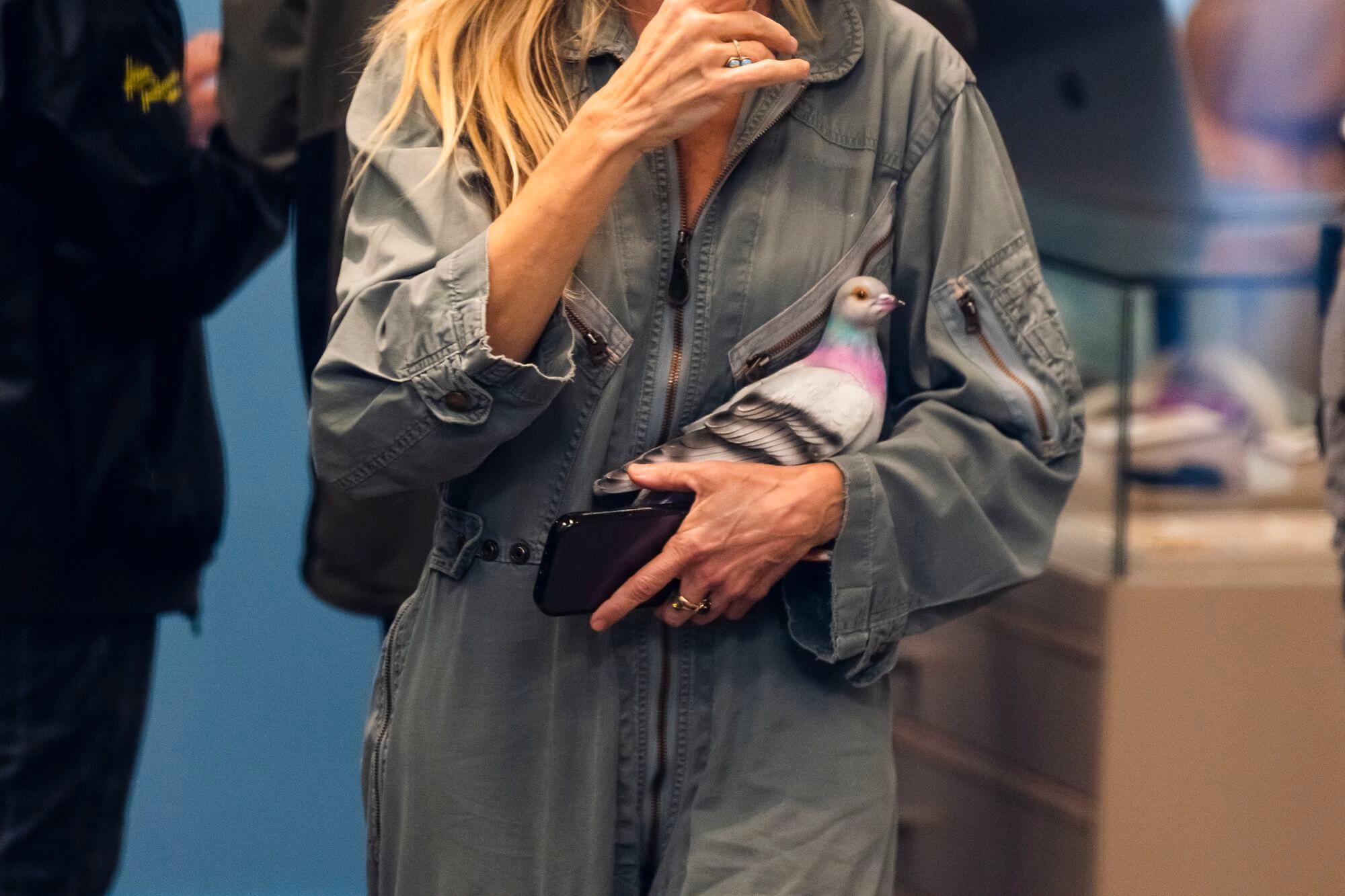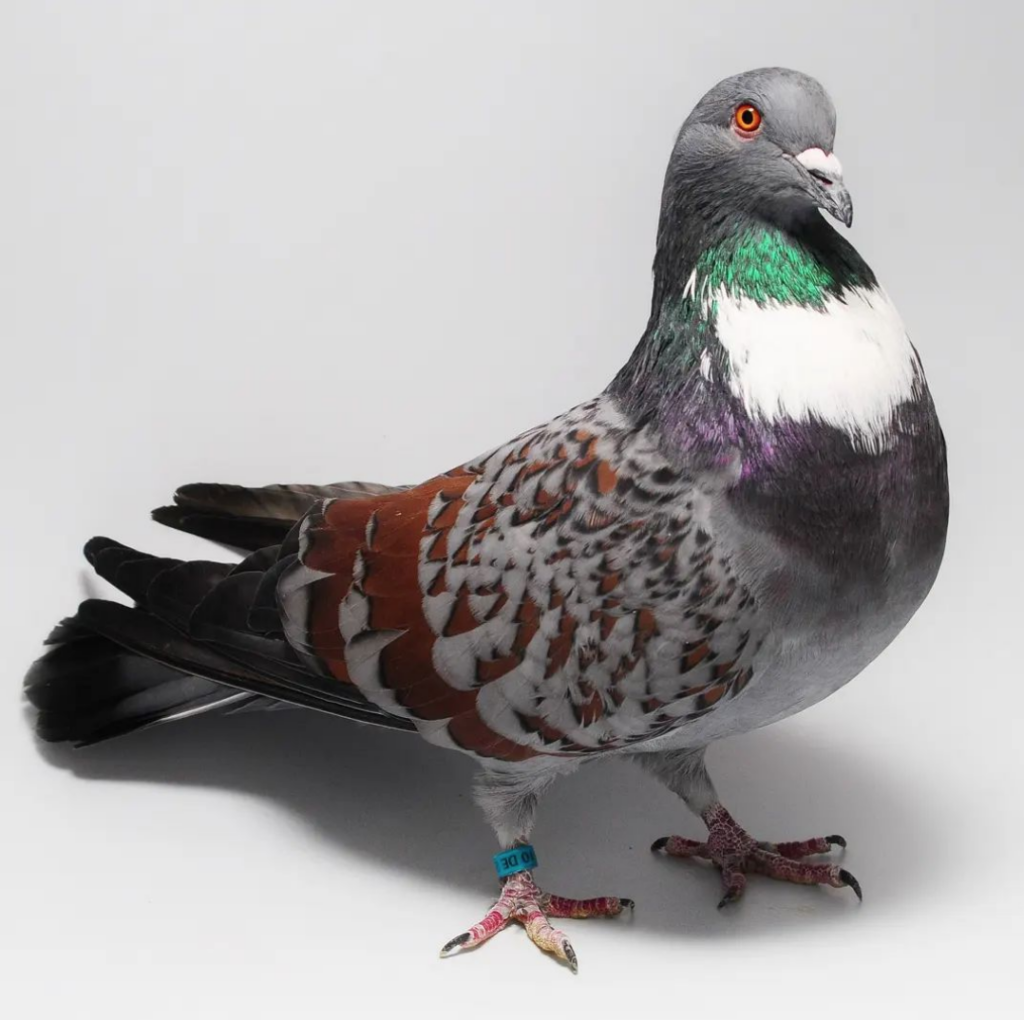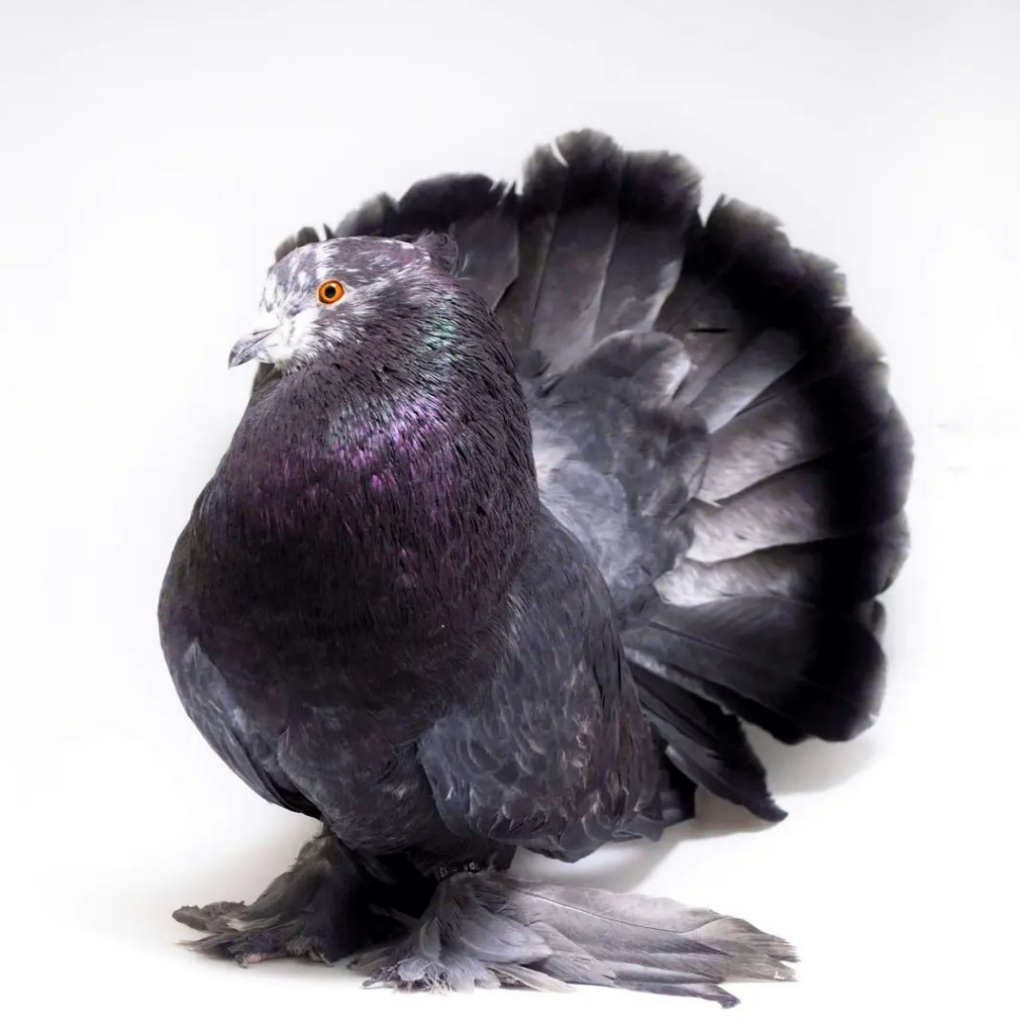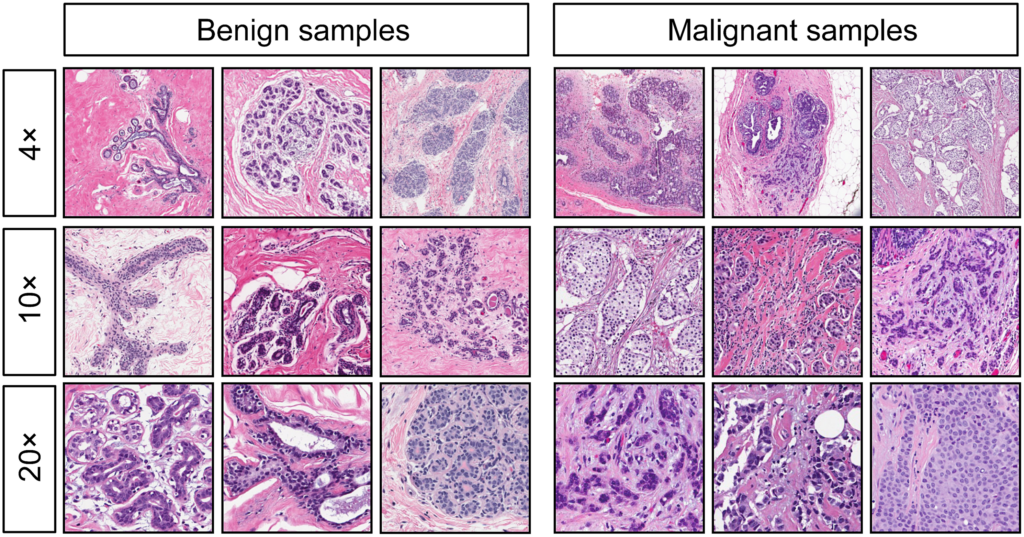Sarah Jessica Parker’s endorsement of the JW Anderson pigeon bag draws comparisons to iconic fashion moments. The raw and unadorned design intrigues and captivates.
Jonathan Anderson introduced the pigeon clutch during the Omicron crisis, transforming pigeons into a functional clutch that challenges conventional glamour.
The JW Anderson pigeon clutch defies traditional opulence, attracting younger generations with its eccentricity and nonconformity.
Fashion illustrator Jenny Walton and pigeon photographer Andrew Garn appreciate the clutch’s value as a conversation starter and its ability to raise awareness about these remarkable birds.
Commodifying pigeons as a luxury item signifies a shift in perception. Celebrate and recognize the beauty of pigeons with the JW Anderson pigeon bag.
Pigeons are not ordinary birds. They possess extraordinary abilities that have captivated researchers like Professor Edward Wasserman. With a brain the size of an index finger, pigeons exhibit remarkable skills that surpass our own.
In 2011, research revealed that untrained pigeons have facial recognition skills, enabling them to spot humans and even recognize emotions despite changes in clothing. Their cognitive prowess rivals that of both human and non-human primates, as they possess an understanding of time and space, allowing for abstract thoughts.
Pigeons also possess exceptional visual capabilities. They can detect colors, including yellow and red swimming vests, and identify objects and individuals at sea. Their monocular vision with sideway eyes enables them to register ultraviolet light, surpassing human visual capabilities. Their visual memory capacity is equally impressive, with a recall of over 1,800 images.
Inspired by B.F. Skinner’s work on behaviorism, Professor Wasserman hypothesized that pigeons could identify diseases, including cancer and heart disease. After training with food reinforcement, pigeons successfully differentiated between benign and malignant human histopathology, spotting breast cancer. They could also detect cancer-relevant microcalcifications on mammograms, providing a “yes” or “no” diagnosis for diseased or healthy conditions. These feathery assistants, known as “trained medical image observers,” could provide valuable clues to support researchers.
Pigeons’ collaboration extends beyond medicine. Scientists from the University of Birmingham have developed tiny backpacks equipped with sensors that collect climate data. Pigeons can monitor temperature, light, wind, and humidity variations, aiding in tracking air pollution. Their free-flying ability allows them to gather information from various locations, recognizing volcanoes and storms. They rely on built-in GPS systems, the sun, and magnetic fields for navigation, possessing an internal sound map capable of detecting low frequencies and infrasound.
In conclusion, pigeons possess remarkable abilities that continue to amaze researchers. From their facial recognition skills to disease detection and environmental monitoring, they have proven to be valuable allies in medicine and research. Combining biological intelligence with technology unlocks new possibilities in various fields. Let us embrace their contributions and appreciate the wonders of nature that surround us.
Pigeon Portraits by Nate Abbott
Pigeon Research Images by Edward A. Wasserman/ University of Iowe































